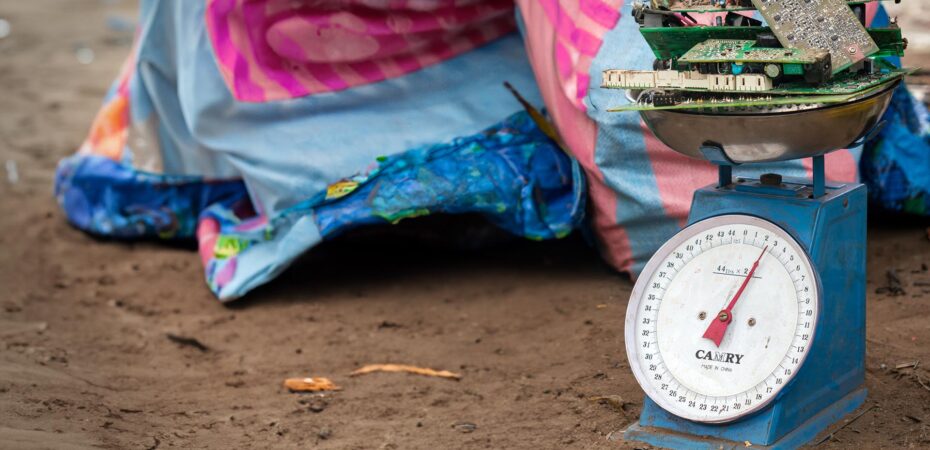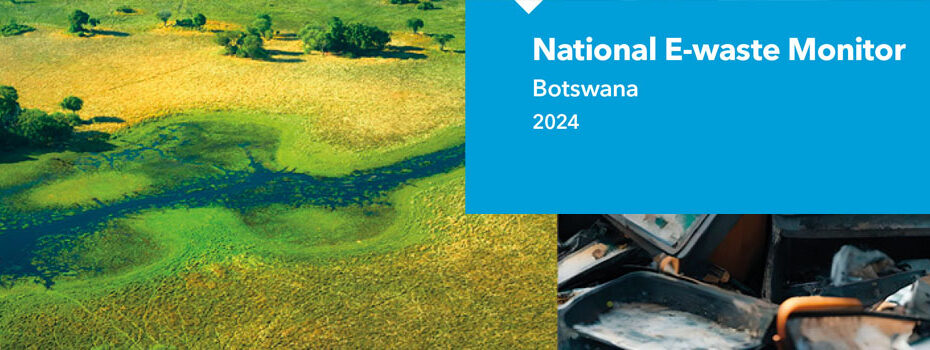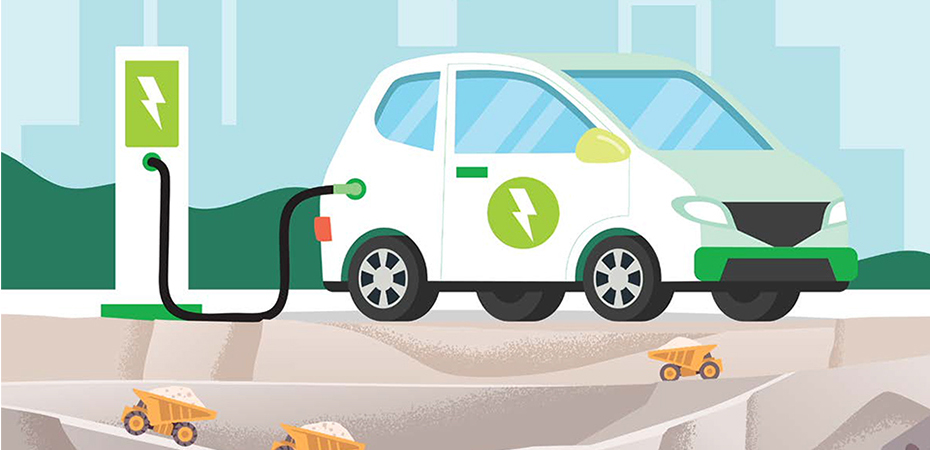Global E-waste Monitor 2017
6 years ago Ruediger Kuehr Comments Off on Global E-waste Monitor 2017
A new report on global e-waste — discarded products with a battery or plug — shows a staggering 44.7 million metric tonnes (Mt) generated in 2016 — up 3.3 Mt or 8% from 2014. In 2016 the world generated e-waste — everything from end-of-life refrigerators and television sets to solar panels, mobile phones, and computers — equal in weight to almost nine Great Pyramids of Giza, 4,500 Eiffel Towers, or 1.23 million fully loaded 18-wheel 40-ton trucks, enough to form a line 28,160 km long, the distance from New York to Bangkok and back.
Experts foresee a further 17% increase — to 52.2 million metric tonnes of e-waste by 2021 — the fastest growing part of the world’s domestic waste stream.
 The Global E-waste Monitor 2017, launched today, is a collaborative effort of the United Nations University (UNU; represented through its Sustainable Cycles (SCYCLE) Programme hosted by UNU’s Vice-Rectorate in Europe), the International Telecommunication Union (ITU), and the International Solid Waste Association (ISWA).
The Global E-waste Monitor 2017, launched today, is a collaborative effort of the United Nations University (UNU; represented through its Sustainable Cycles (SCYCLE) Programme hosted by UNU’s Vice-Rectorate in Europe), the International Telecommunication Union (ITU), and the International Solid Waste Association (ISWA).
Only 20% of 2016’s e-waste is documented to have been collected and recycled despite rich deposits of gold, silver, copper, platinum, palladium, and other high-value recoverable materials. The conservatively estimated value of recoverable materials in last year’s e-waste was US $55 billion, which is more than the 2016 Gross Domestic Product of most countries in the world.
About 4% of 2016’s e-waste is known to have been thrown into landfills; 76%, or 34.1 Mt, likely ended up incinerated, in landfills, or recycled in informal (backyard) operations, or remain stored in our households. On a per capita basis, the report shows a rising trend as well.
Falling prices now make electronic and electrical devices affordable for most people worldwide while encouraging early equipment replacement or new acquisitions in wealthier countries.
As a result, the average worldwide per capita e-waste generated was 6.1 kilograms, up 5% from 5.8 kg in 2014.
The highest per capita e-waste generators (at 17.3 kilograms per inhabitant) were Australia, New Zealand and the other the nations of Oceania, with only 6% formally collected and re-cycled.
Europe (including Russia) is the second-largest generator of e-waste per inhabitant, with an average of 16.6 kg per inhabitant. However, Europe has the highest collection rate (35%).
The Americas generates 11.6 kg per inhabitant and collects only 17%, comparable to the collection rate in Asia (15%). However, at 4.2 kg per inhabitant, Asia generates only about one third of America’s e-waste per capita.
Africa, meanwhile, generates 1.9 kg per inhabitant, with little information available on its collection rate.
Download pdf




